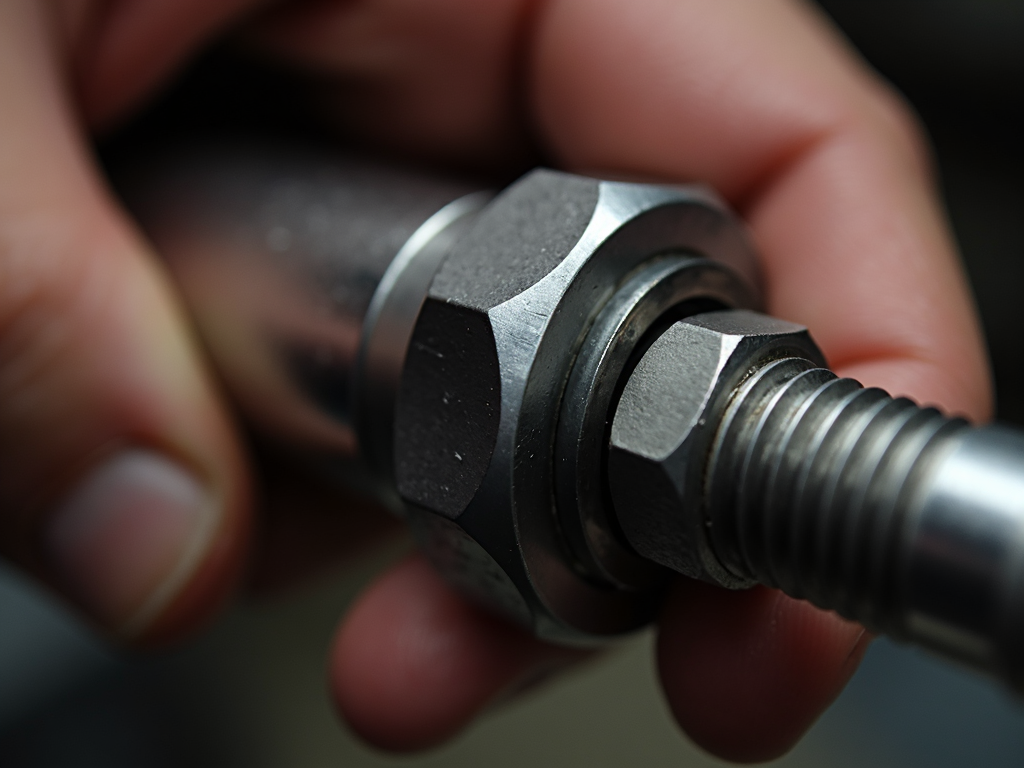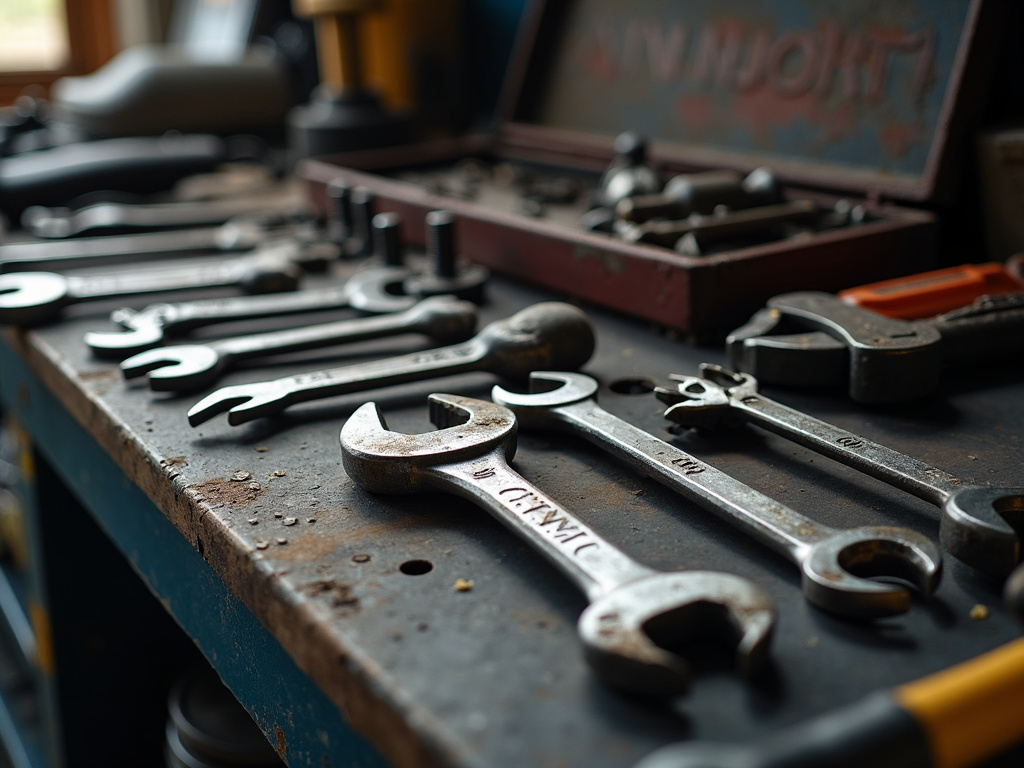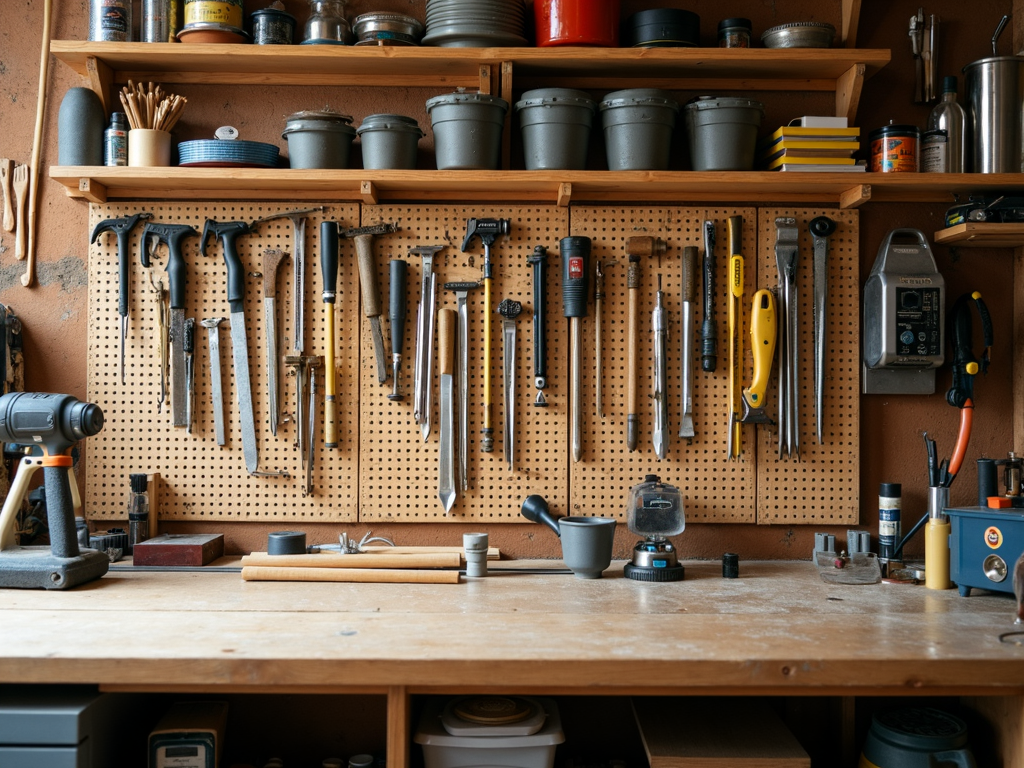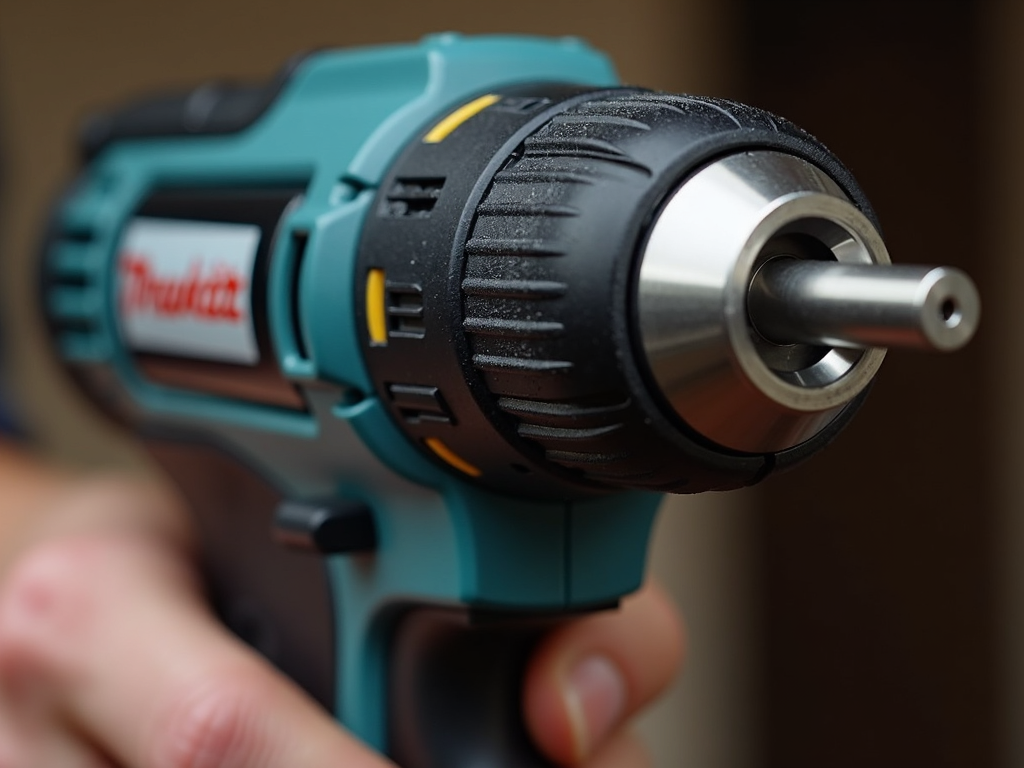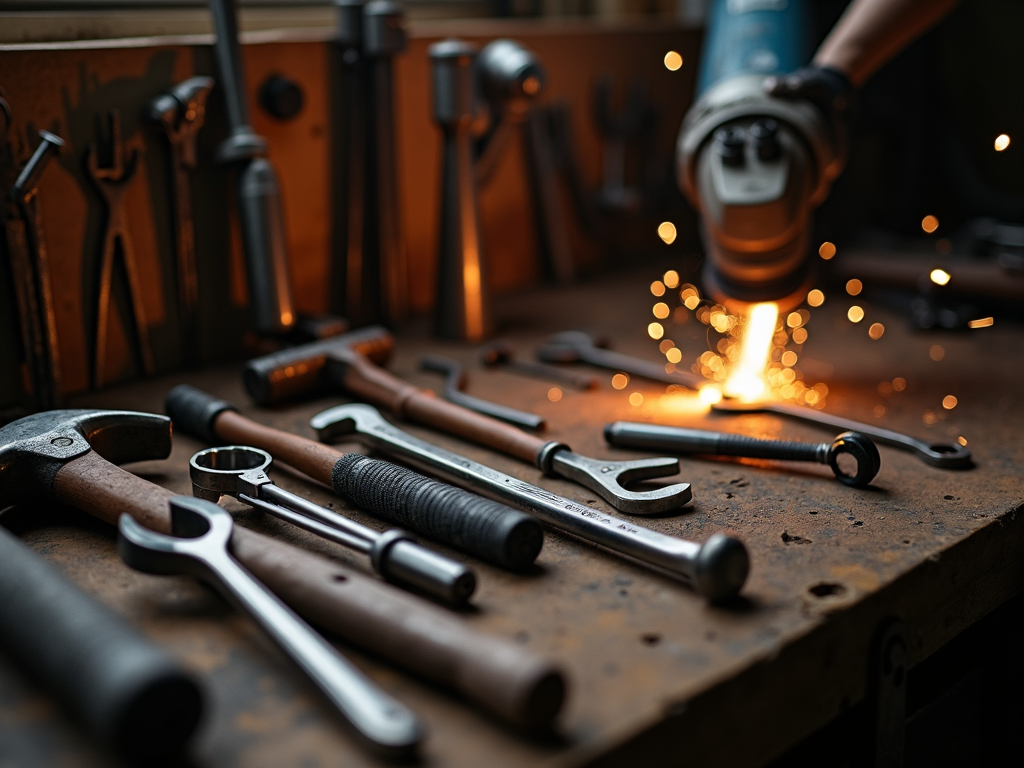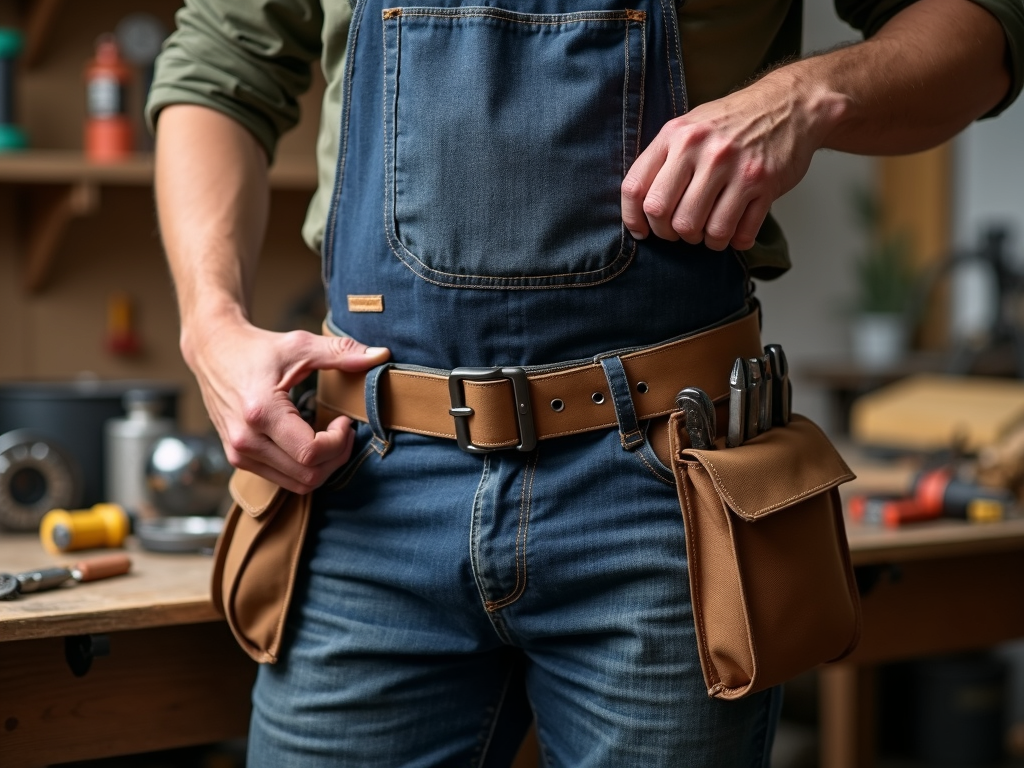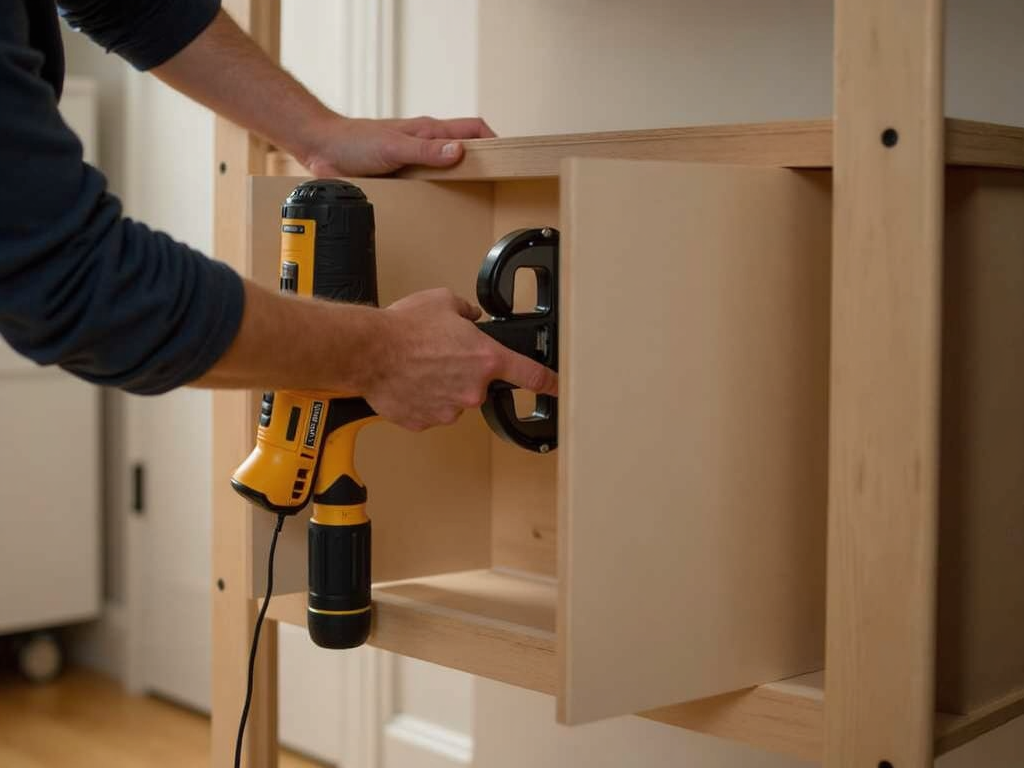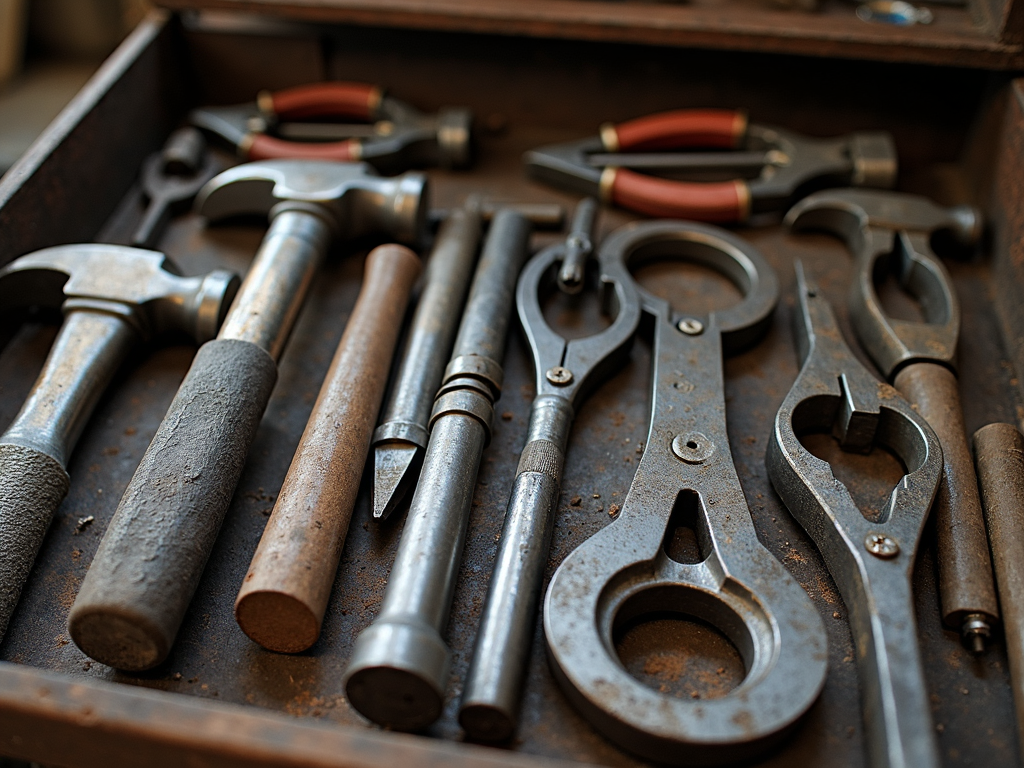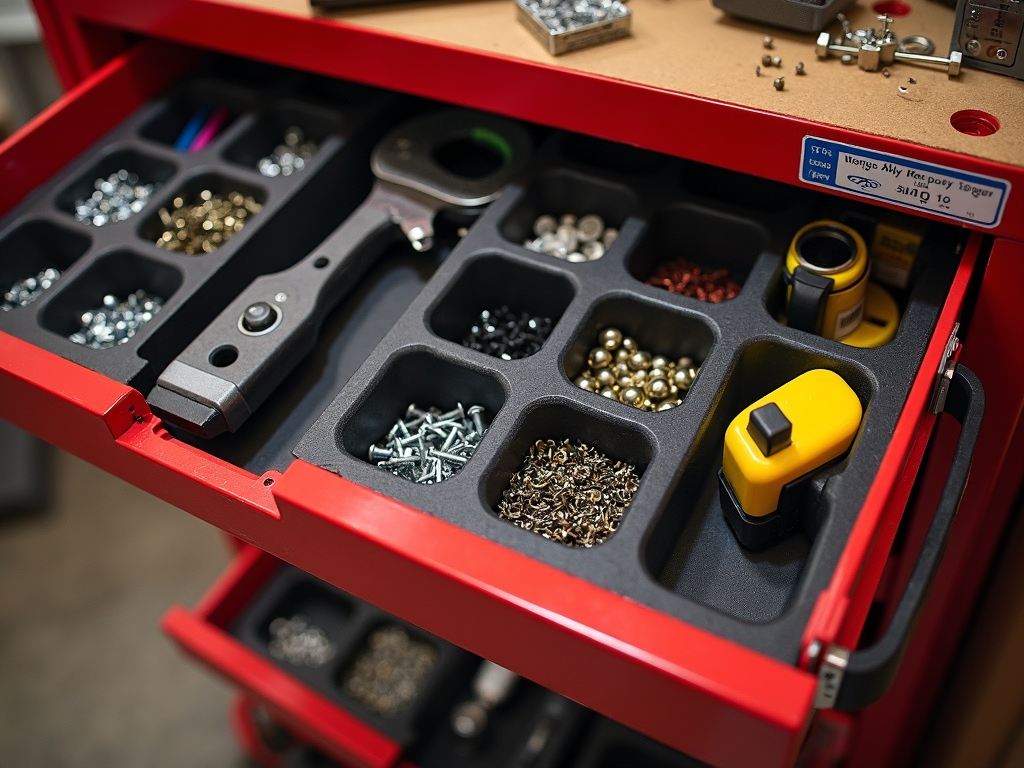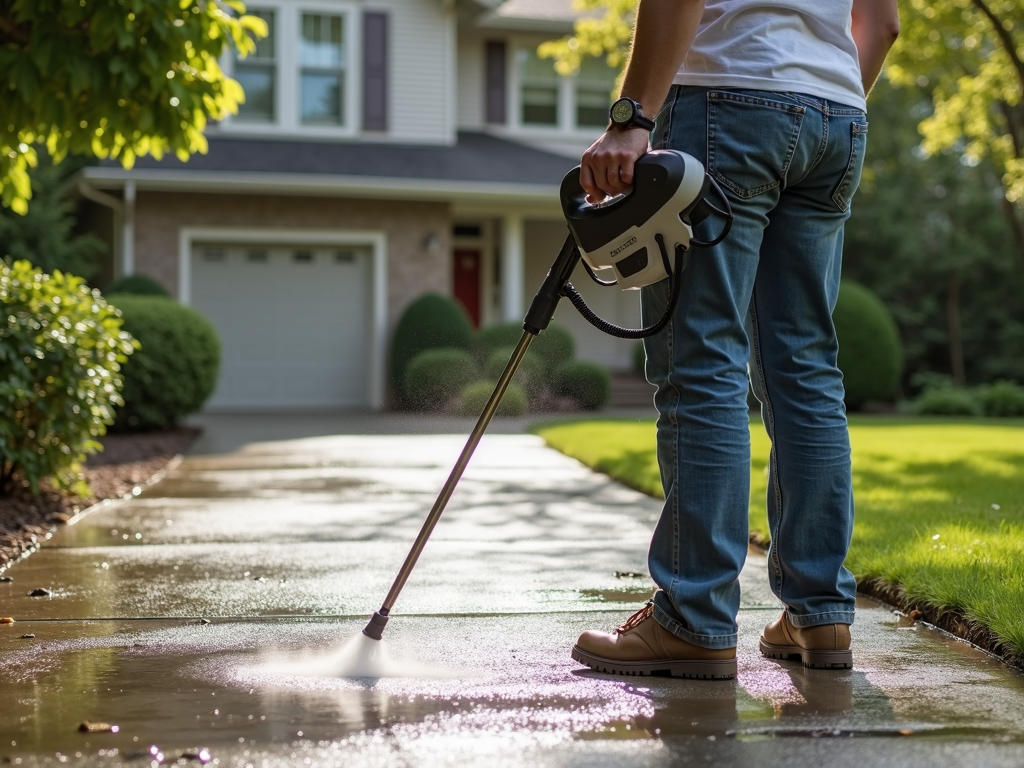Overview
Ergonomic tools are built to match how your body moves, cutting down on strain and making work easier. This article explains why they’re important, highlights essential workman tools for beginners, and shares tips to improve your workspace. Get ready for practical advice and real insights!
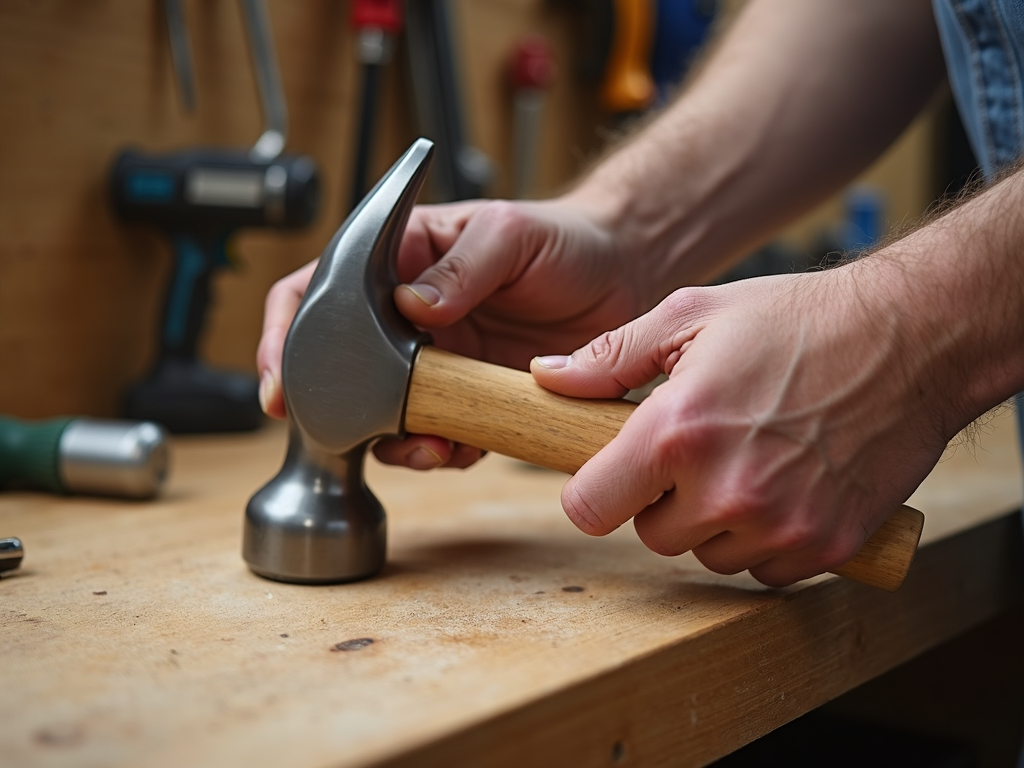
Why Ergonomic Tools Matter
Ergonomic tools aren’t just fancy gadgets—they’re a game-changer for your hands and body. These tools are shaped to fit you, so you don’t have to twist or push too hard. That means less pain and fewer injuries like sore wrists or elbows.
Take an ergonomic hammer. Its handle curves to fit your hand, spreading out the force when you hit a nail. Your wrist stays happy, and you can keep going without aching. Or think about an ergonomic screwdriver—its soft grip stops slips and saves your hand from cramping.
Using these tools is like giving your body a break while still getting the job done. They might cost more at first, but they save you from doctor visits and downtime later.
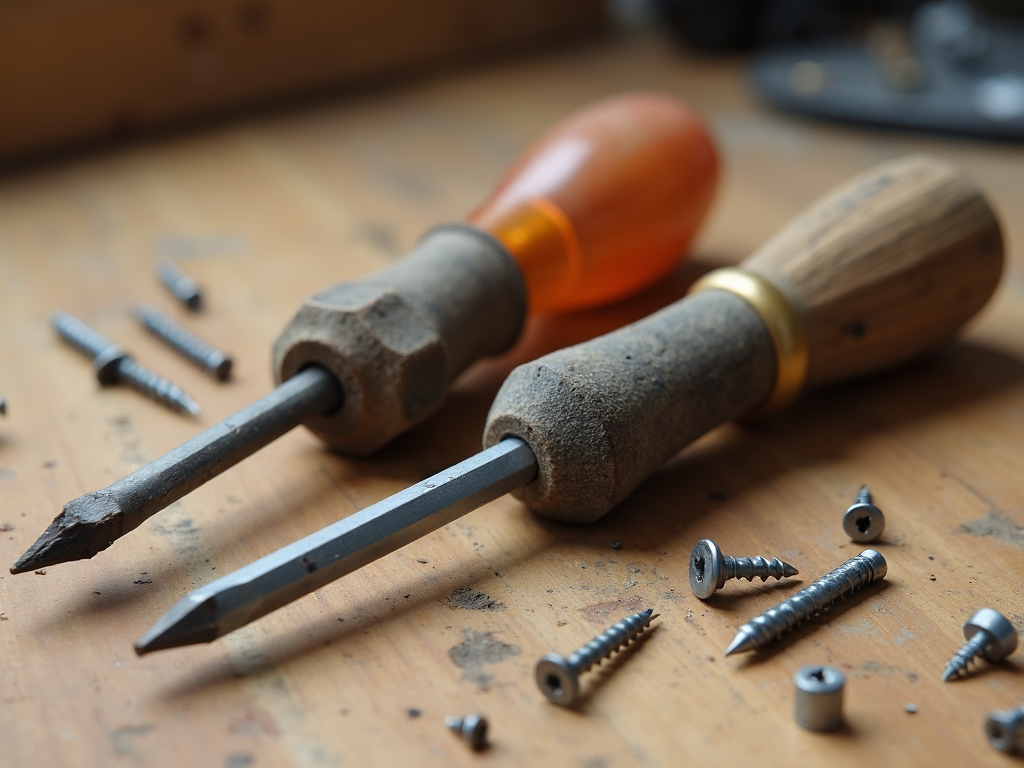
Essential Workman Tools for Beginners
Starting a new project? You need the right tools to make it fun and safe. Here’s a quick list of must-haves for beginners:
- Hammer: Pick one with a good grip and balanced feel.
- Screwdriver Set: Get different sizes with comfy handles.
- Pliers: Grab needle-nose and regular ones for bending or holding.
- Tape Measure: A solid one helps you measure right every time.
- Utility Knife: Sharp and handy for cutting anything.
These are your starter pack. They’re simple, useful, and perfect for learning the ropes. As you get better, you can add more to your toolbox.
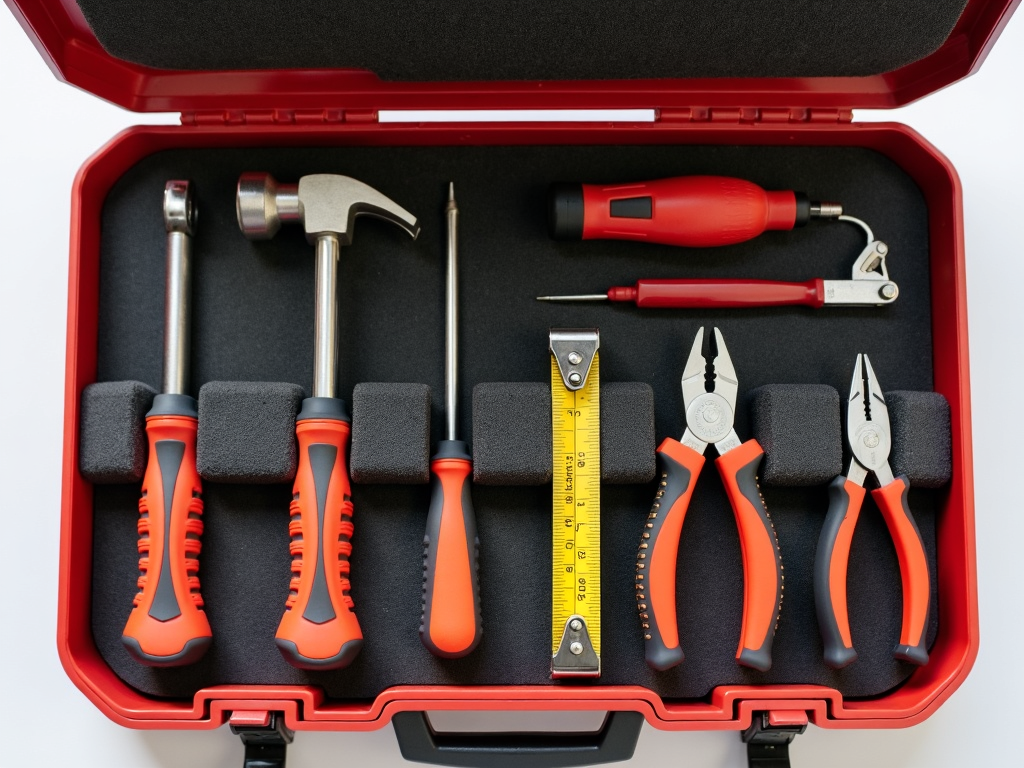
Ergonomic Hand Tools for Reduced Strain
Ergonomic hand tools are made to take it easy on your body. They come with cool features like:
- Curved Handles: Fit your hand so you don’t pinch or squeeze.
- Soft Grips: Rubber or foam pads make them easy to hold.
- Angled Shapes: Keep your wrist straight while you work.
- Lightweight Builds: Less weight means less tired arms.
These perks cut down on aches from doing the same move over and over. For example, ergonomic pliers let your wrist stay straight, not bent, while you twist wire. That’s a big deal for staying pain-free.
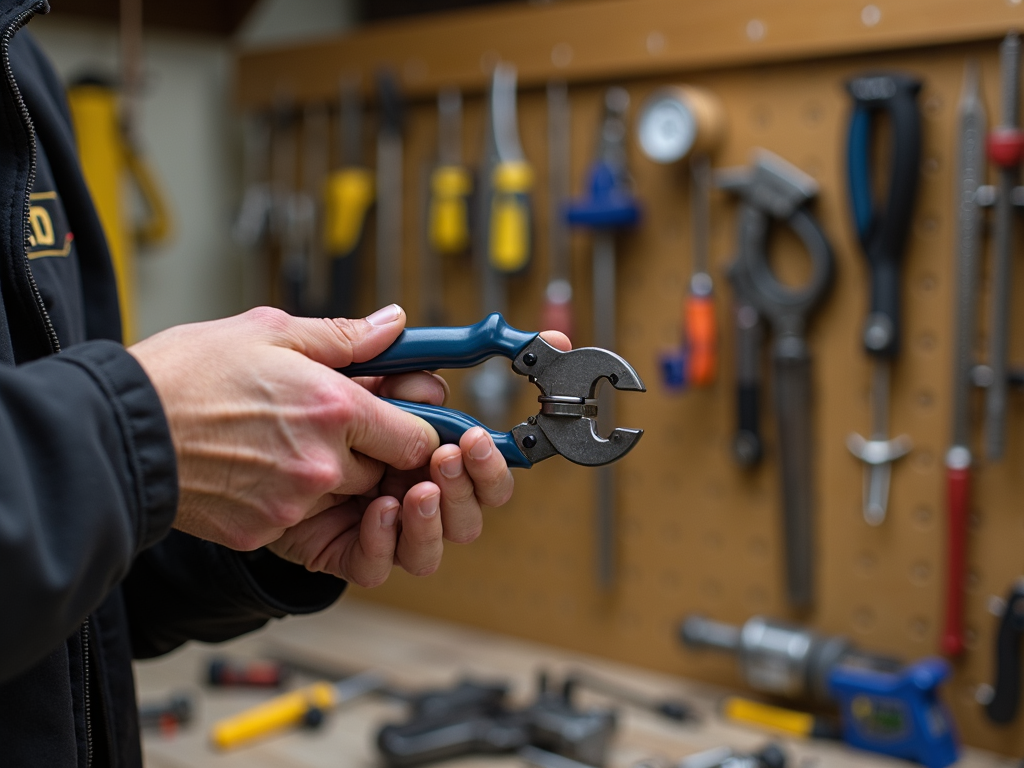
Hand Tools and Workman Tools: The Basics
Hand tools are what you hold to get stuff done—think hammers, wrenches, or saws. Workman tools are a type of hand tool, mostly used for building or fixing things.
Here’s what you need to know:
| Tool Tip | Why It Helps |
|---|---|
| Buy Good Quality | They last longer and work better. |
| Use Them Right | Keeps them safe and you injury-free. |
| Clean Them Up | Sharp and shiny tools perform best. |
Stick to these basics, and your tools will stick with you for years.
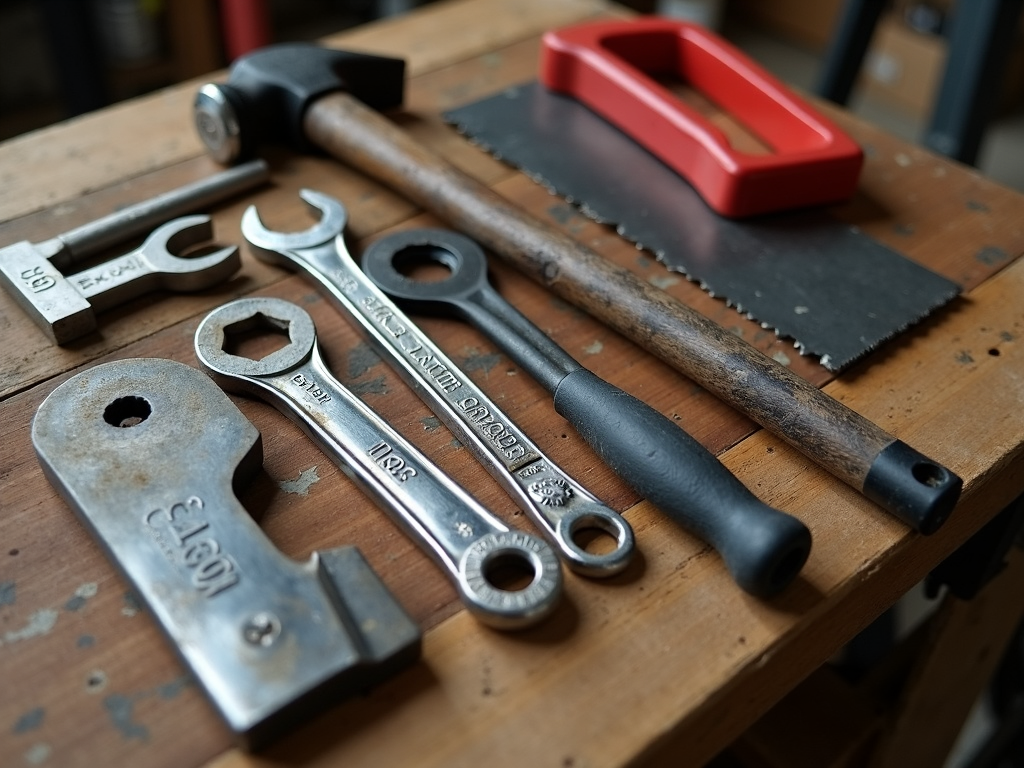
My Take: Why I Switched to Ergonomic Tools
I’ve been using tools for a long time, and I learned the hard way why ergonomic ones matter. Back in the day, I grabbed whatever was cheap—basic hammers, stiff screwdrivers. My hands paid for it. They’d ache after an hour, and my wrist would scream if I pushed too hard.
Then I tried an ergonomic hammer. Wow—what a difference! The grip felt natural, and the weight didn’t drag me down. No more pain, and I could finish projects without stopping every ten minutes. Same with screwdrivers—the padded handles stopped my fingers from cramping.
Now, I work faster and feel better. It’s not just about comfort; it’s about getting stuff done without wrecking yourself.

Wrapping It Up
Ergonomic tools are a smart pick for anyone who works with their hands. They cut strain, boost your output, and make tasks feel less like a chore. Beginners should start with solid workman tools that put ergonomics first—it’s worth it. Good tools, used right, set you up for success.
The takeaway? Your tools shape your work. Choose ones that help you, not hurt you.
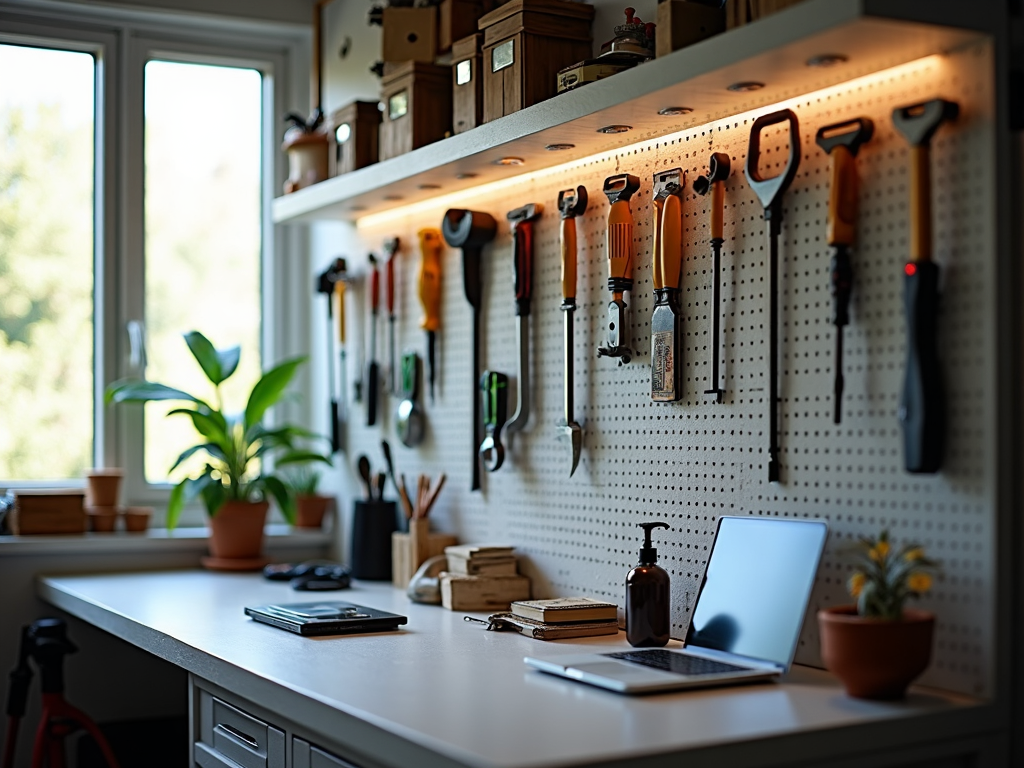
Related Ergonomic Tools: Why They Matter:
- Understanding Torque: Essentials for Every Mechanic
- Must-Have Hand Tools for Mechanics: Your Essential Toolkit
- Enhancing Workshop Efficiency: Top Tips to Maximize Your Space
- How Technology is Making Workshops Safer
- How to Choose the Right Workman Tools for Your Project
- Tool Belts with Ergonomic Designs: A Game-Changer for Workman Tools
- Corded vs. Cordless: Which Power Tools Are Right for You?
- Mastering Metal Forming: Techniques and Tools
- Advanced Toolbox Organization Ideas for Every Handyman
- Must-Have Workman Tools for Every Toolbox: A Comprehensive Guide
- Top 5 Electric Power Washers for Home Use
- A Beginner’s Guide to Essential Construction Tools
